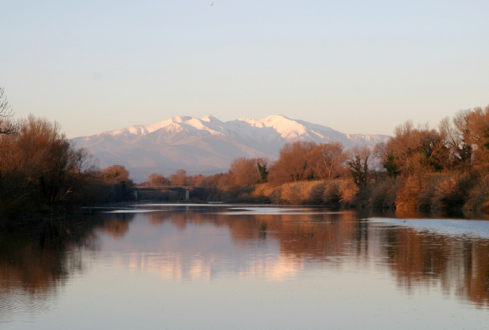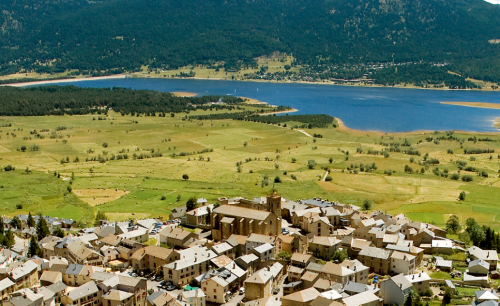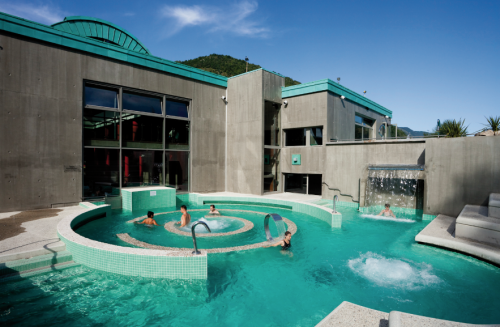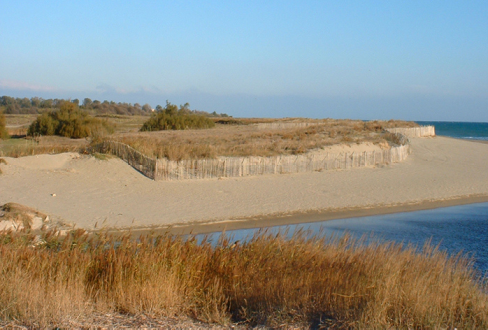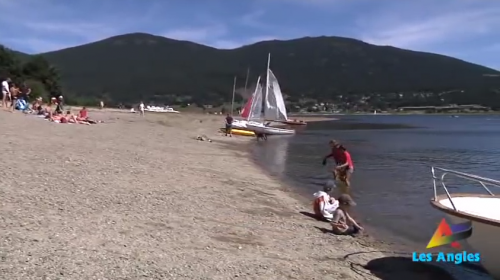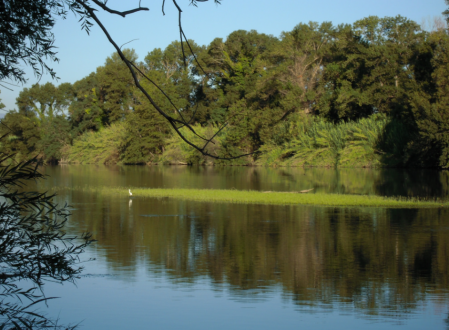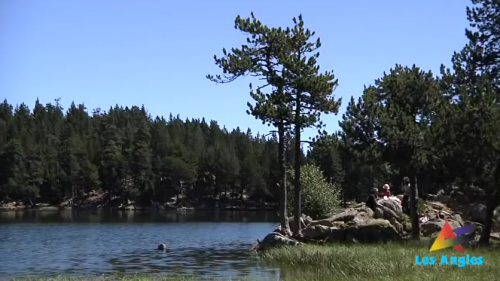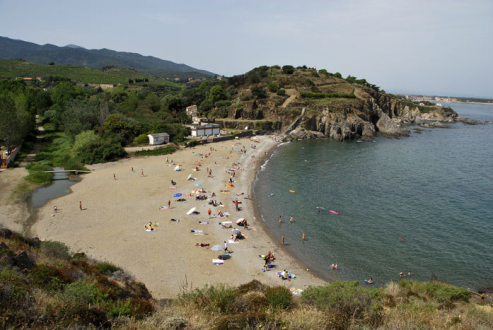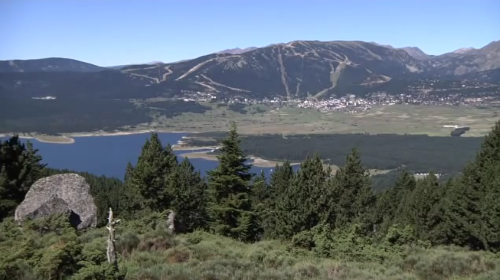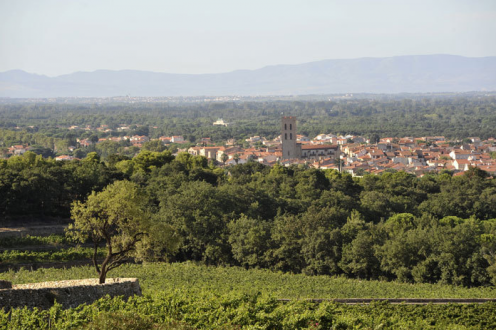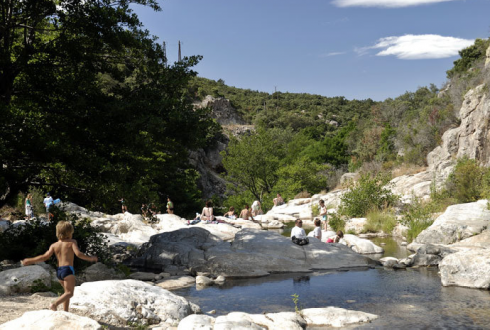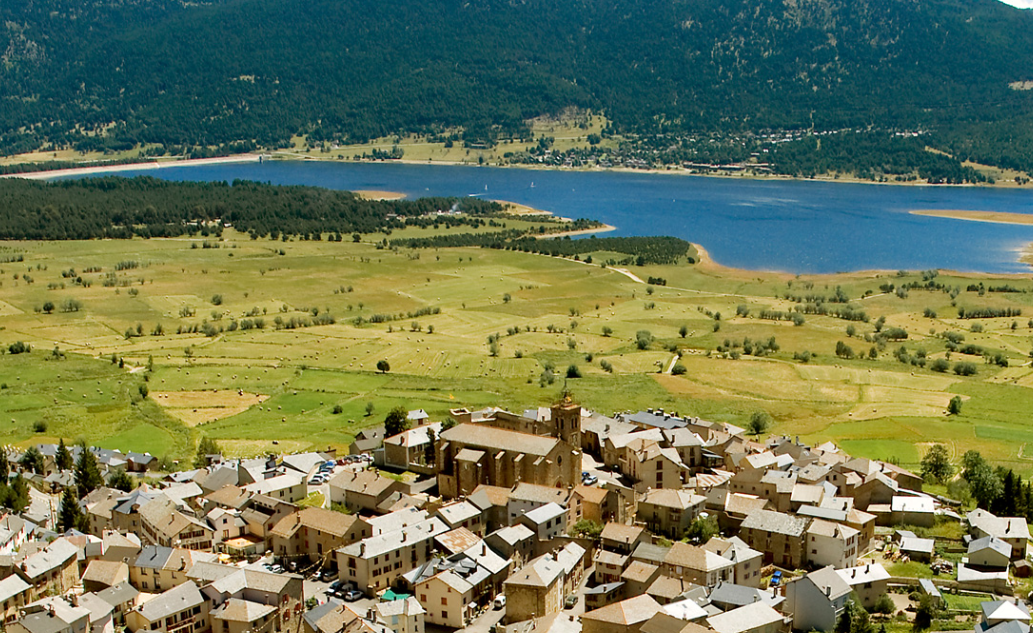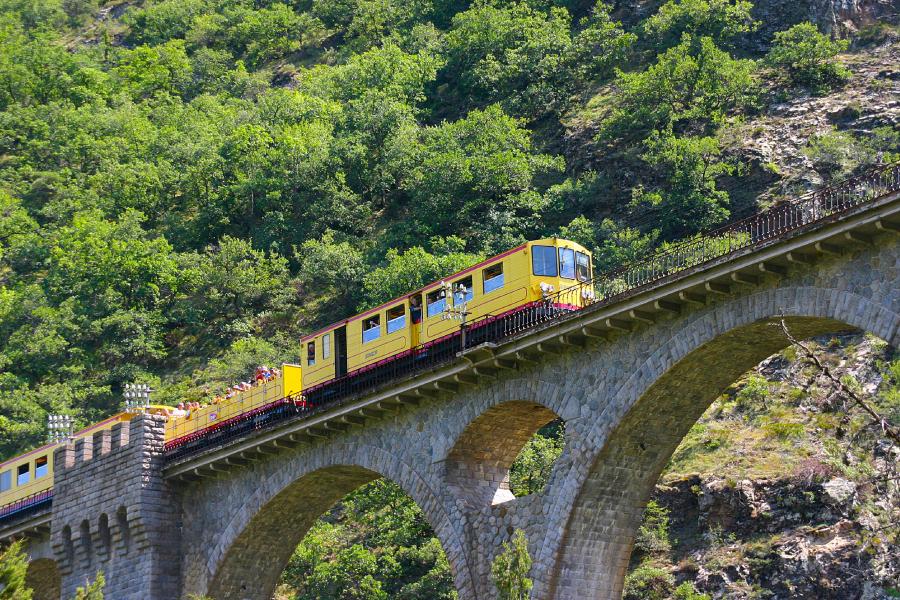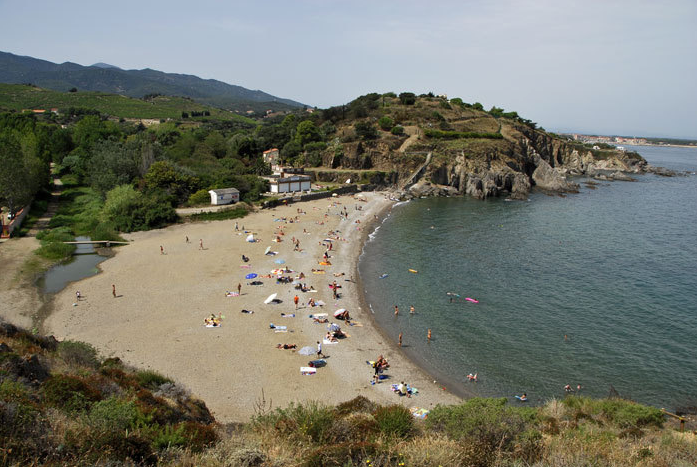|
|
Catalan & Eastern Pyrenees
Region Info
Why Catalan & Eastern Pyrénées?
- Diverse landscape: from the mountain to the sea!
- Warm, inviting Catalan welcome with Catalonian cultural heritage and architecture
- A vast array of activities for nature and culture lovers and water babes
- Excellent local cuisine and viniculture
- Cathar history and the magnificent fortified town of Carcassonne and the Canal du Midi
The Catalan Pyrenees (Pyrénées Catalanes) is an area in south-eastern France and is made up from the departments of Ariège in the south-eastern corner of the Midi-Pyrénées region and Pyrénées-Orientales of the Languedoc-Roussilon region. The Catalan Pyrenees as its name implies is very close to the border with Spain and benefits from a sunny exposure for most of the year due to its proximity to the Mediterranean Sea. It also surrounds the tiny Spanish exclave of Llívia, and thus has two distinct borders with Spain. It is an area rich in history, traditions and legends, and is a very diverse area in terms of its landscapes, climate and even its lifestyle. The people here are very proud of their history, bound by a sense of belonging, and the welcome is always warm and friendly.
Looming gracefully over the area, the snow-tipped Pyrenees form a mighty natural barrier which you can cycle, walk and hike, making use of the vast stretches of natural parkland. Imposing peaks reach more than 3400m, while fierce rivers cleave the green valleys; tucked away in these valleys and clinging to the mountains are centuries-old Pyrenean villages, collectively forming an open-air rural museum of early medieval architecture.
There are an abundance of activities in the Catalan Pyrenees in summer time. Mountain lovers can enjoy trekking, walking and hiking in the high mountains. Cyclists have a vast, varied terrain to relish and test themselves on from quiet, rolling valley roads to some of the toughest Tour de France ascents. Font Romeu and Les Angles are favourite haunts of World and Olympic Champions and Tour de France cyclists who come to train and relax in the area. From the sea to the mountains, the choices are endless - a testament to the terrain the area has to offer.
In the coastal resorts, beach babes and water sports lovers can top up the tan on wide sandy beaches and take to the ocean waves with a vast array of activities. The crystal clear waters of the Mediterranean are ideal for snorkelling and Scuba diving and the Tramontane and Marin winds make windsurfing and surfing here more challenging. The resorts here remain very family orientated but have much to offer in terms of challenges for experts and the adventurous.
The Catalan Pyrenees have always had a well-established link to well-being and perhaps the most historically renowned reason for this is its natural hot springs. Towns were often built around these spas in the Roman era, but due to their therapeutic importance in Victorian times, spa tourism rose to prominence and the towns saw a huge influx of new tourists. Perhaps the most notable spa in the region is that of Ax les Thermes. The springs at Ax were developed in the medieval period on the orders of Saint Louis to treat soldiers returning from the Crusades afflicted with leprosy. A visit to the Catalan Pyrenees would not be complete without a visit to one of the many spas - perhaps one of the most renowned being the St Thomas les Bains thermal baths near Font Romeu and Les Angles which are set in a stone amphitheatre.
If we head towards the coast, not far from the town of Perpignan, we find the seaside town of Argelès-sur-Mer and it neighbour Collioure. Argelès sur mer is a brightly coloured village with a Catalan accent, terracotta roofs and a maze of narrow streets that are a joy to wander along and a sandy beach that is dominated by the Albères Mountains, which seem to rise up from the shore line. The seafront pine forest and quiet rocky coves make this a delightful place to relax. Set at the foot of the Pyrenees, amid the vineyards and sun-scorched villages, nearby Le Racou, with its beach-bum chic and the Port Argelès marina, with its millionaire moored yachts offer contrasting experiences.
Delightful Collioure is an idyllic place on the rocky coastline, nestling in an unspoilt, protected environment. This small Catalan port has always been a coveted location because of its access to the Mediterranean Sea. Large numbers of Phocaeans, Roman and Greek seafarers made Collioure their destination - and who can blame them! These ancient seafarers have left behind a rich archaeological heritage that can be explored today.
The Catalan Pyrenees has a wealth of natural and historical attractions. The Pyrenees have a plethora of protected areas where you can see and discover the area's exceptional flora and fauna such as the famed Animal Park in Les Angles where you can see brown bears and wolves throughout the year. With more than 500 religious, civil and military monuments, thousands of works of art, the department of Pyrénées-Orientales is a land of discovery and a real open air museum.
The Regional Natural Park of the Catalan Pyrenees is the first regional park on the Pyrenean range and was established in March 2004. A rich territory of seven nature reserves and three “Natura 2000” sites, it extends over 138,000 hectares and stretches from the lowland valleys where fruits and vegetables are plentiful up through the scrubland and Mediterranean forest to the highest peaks of the Pyrénées-Orientales. The entire area of the National Park is a favourite destination for hikers and mountain enthusiasts.
A more leisurely way to see the Natural Park is by taking a ride on the Yellow Train of Cerdanya (Train Jaune), affectionately called the "Canary". A symbol of Catalan country, the train runs from Villefranche-de-Conflent (427m) to the station of Latour de Carol Bolquère (Font Romeu-Pyrenees 2000) - the highest station in France - over a distance of 63km and an altitude gain of 1200m. Constructed between 1903 and 1911, the line passes through 19 tunnels and over 2 impressive bridges (Pont Gisclard, Pont Segourne).
Resorts such as Font Romeu, Les Angles and Argeles sur Mer that have that intrinsic, warm Catalan welcome. Ask any Catalan about well-being and you will most certainly be told about the delights of food and drink within the region. Gastronomy here is as important as the natural and cultural heritage. The cuisine draws naturally from the historical Catalan presence in the area, so dishes like paella (rice dish), cargols à la llauna (snails) and calcots (green onions) are prevalent in the restaurants, especially at important dates such as the various saints feast days and cultural festivals. The geography of the area leads to a distinct divide in the cuisine; the mountainous areas to the south prepare dishes using ingredients that grow naturally and are produced in the environs such as olives and goats cheese. Fish is also very popular in the area due to the proximity of the Mediterranean Sea - with Collioure being famous for its anchovies.
If we head further east to the region of Languedoc-Roussillon in the Aude valley we come to the magnificent fortified town of Carcassonne. Its history is marked by 2,000 years of conquest and by the imprint of Catharism and the Crusades. The city boasts two UNESCO World Heritage Sites: the beautiful and scenic Canal du Midi and the truly stunning, fortified Medieval City. The former is one of the oldest operational canals in Europe and took 15 years to build, the latter with its intimate cobbled alleyways and three kilometres of double surrounding walls interspersed with 52 towers.
The area is famous for its wine with the predominantly red grape varieties grown all over the department, regional specialities such as Muscat de Rivesaltes and Grenache-based Banyuls are sold everywhere in the department. Other wine varieties to try in the area are Macabeu (mildly acidic young whites) and Malvoisie (spicy full-bodied whites).
Festivals abound in the area over the summer and winter months, celebrating the rich cultural and natural heritage. Perhaps the key event in the calendar, and the biggest festival of the Languedoc-Roussillon region, is Les Déferlantes d'Argelès-sur-Mer. Set under the Catalan sunshine between sea and mountains in the beautiful Parc de Valmy Argeles-sur-Mer, you can applaud some of the biggest international and rising stars of the pop rock scene.
The Hautes-Pyrénées fact file:
- Department number: 09 Ariège, 66 Pyrénées-Orientales
- Population: 573,117 approx
- Size: 9,005 km2
- Region: Belonging to the Midi-Pyrénées and Languedoc-Roussilon.
Natural facts:
- Highest point: Pic d'Estats (3142m), Pic Carlit (2921m)
- Main River: the Ariège (164km), the Têt (116km)
- Famous Cols: Col de Pailheres, Col de Portet d'Aspet, Col d'Agnes, Col de Port, Col de Puymorens
- UNESCO World heritage sites: One (Fortifications of Vauban)
- Grands Sites du Pyrénées Catalanes: Four (Chateau de Foix, Citadelle de Monsegur, Bastide de Mirepoix, Grotte de Mas d'Azil, Grotte de Niaux Parc de la Prehistoire, Cite Saint-Lizier)
- Thermal Spa Resorts: Four (Ax les Thermes, St Thomas les Bains, Dorres, Llo)
The proud, Catalan Pyrenean village decided to embrace tourism and have not looked back since. The resort of Les Angles was created in 1964, though the village has been established for much, much longer. The winter ski slopes are transformed into a hiker/biker’s paradise in the summer.
Situated above the pretty village of Font Romeu lies the sunny mountain area (ski resort in the winter) of Font Romeu Pyrénées 2000. It is a typical mountain resort offering high altitude walks and hikes as well as mountain biking and road biking. The resort extends from 1,950m - 2,250m and has some lift served walks to the nearby lakes.
Argeles-sur-Mer is situated at the foot of the Albères mountain range and is also just a short drive away from the Spanish border and the airport in Perpignan. It is the centre of a district encompassing 8 villages, many with buildings dating back to the medieval times along with Romanesque churches and chapels.
